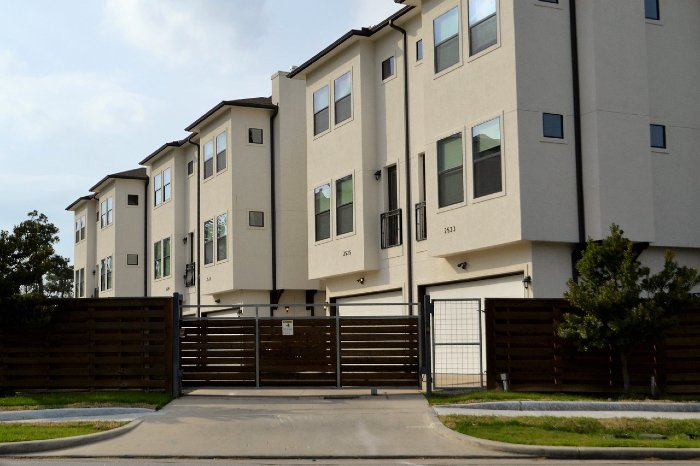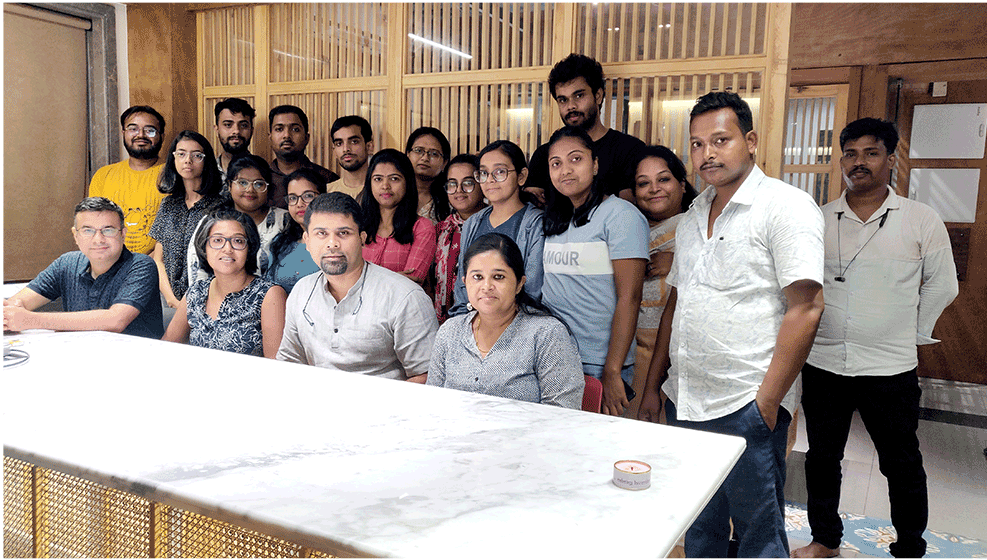Stadiums and convention centers are architectural marvels constructed with a primary focus on utilizing structural steel for their design and construction. The strategic incorporation of steel elements allows these structures to accommodate vast spans and support heavy loads, making them ideal for hosting large-scale events and exhibitions.

Stadiums, specifically engineered for sports events, rely on the strength and versatility of structural steel to create expansive seating arrangements and grand arenas. Steel framework forms the backbone of these structures, enabling the construction of towering stands with tiered seating, maximizing the number of spectators in attendance. The high tensile strength of steel beams, columns, and trusses ensures the structural integrity of stadiums, even under significant dynamic forces generated during sporting events. Furthermore, steel’s ductility and adaptability allow for the incorporation of architectural flourishes, such as curving roof structures or open-air designs, enhancing the visual appeal of these venues.

Similarly, convention centers heavily rely on the use of structural steel to create flexible and open spaces that can accommodate a diverse range of exhibitions, conventions, and trade shows. Steel framework provides the necessary support to construct vast exhibit halls, allowing for unobstructed floor plans and enabling exhibitors to create innovative displays. Additionally, steel’s ability to span long distances without the need for excessive columns or supports ensures that convention center interiors remain free from obstructions, facilitating seamless movement and effective space utilization. The robustness of steel structures also enables the integration of advanced audiovisual systems, lighting fixtures, and other technological components necessary for successful conventions and exhibitions.
Stadiums and convention centers stand as a testament to the extraordinary capabilities of structural steel in the construction industry. By harnessing steel’s strength, flexibility, and longevity, these structures not only provide exceptional venues for sports events, entertainment, and business activities but also contribute to the architectural heritage of their communities.


Project Brief
Located within the Biju Patnaik University of Technology campus in Rourkela, Odisha, the Birsa Munda Hockey Stadium is a remarkable sporting facility spread over 50 acres of land. Named after the Indian freedom fighter Birsa Munda, this stadium proudly holds the title of the world’s largest fully seated hockey arena, with a capacity of 20,000 permanent seats. Recognized by the Guinness World Records, it stands as a global marvel in the field of sports infrastructure.
The foundation stone for the stadium was laid in February 2021, and it was inaugurated by the Chief Minister of Odisha, Naveen Patnaik, on January 5, 2023. The project encompassed the construction of the main stadium with galleries, a hockey practice center, main and practice fields of play, as well as ancillary structures such as an underground tank, substation, pump room, and external works. Additionally, the renovation of two hockey fields in Panposh, Rourkela, was also included in the scope of the project.
Choice of Material
Steel was extensively used for the construction of the Birsa Munda Hockey Stadium due to its numerous advantages over conventional RCC structures. The speed of construction is significantly increased with steel, as the framing can be erected quickly and prefabricated steel floor decks can be immediately put in place without dependencies on intermediate processes.
Approximately 11,000 metric tons of steel were used in the construction of the stadium. Prefabricated structural steel columns were chosen over conventional RCC to compensate for lost time due to design amendments and to accommodate the site’s topography. The flexibility and reduced construction time offered by prefabricated structural steel made it the preferred material for stadium construction, as it could be designed and fabricated off-site, minimizing exposure to adverse weather conditions.
The Birsa Munda Hockey Stadium has long-spanning cantilevered sheds for offering cover to the spectator gallery. Structural steel was a natural choice of construction material since the requirement was that of lightweight structural systems with higher load-bearing and stiffness capabilities. High tensile strength Tata Structura Steel Hollow section structural members were used in the structural systems. The hollow geometry of Tata Structura offered the highest radius of gyration keeping the slenderness limits in range for the required compressive loads. The sections also offered neat and clean connections that gave a good visual appeal to the onlookers.
Architectural Details
The Birsa Munda Hockey Stadium consists of the main stadium with player, media, and broadcast arenas in the west stand, spectator areas in the north, south, and east stands, sports lighting, video scoreboards, camera platforms, and a hockey practice area. The self-contained sporting complex spans 47 acres and includes a World Cup Village with residential facilities for athletes and officials, a swimming pool, a hydrotherapy center, a sauna, a steam room, and a gymnasium. The stadium has two levels, an upper and lower bowl, and there are six parking lots within a 100-meter radius.
Challenges
Constructing the Birsa Munda Hockey Stadium amid the challenges of the COVID-19 pandemic and adverse weather conditions was a significant hurdle. The disruption of global manufacturing and supply chains due to the pandemic and the Russia-Ukraine conflict further complicated the project’s delivery timeline. Procurement and fabrication of structural steel and façade materials faced delays, necessitating increased manpower and working hours to catch up.
Timeline
With approximately 11,000 metric tons of steel and over 42,000 cubic meters of concrete, the construction of the Birsa Munda Hockey Stadium was a monumental task. Clocking over two million safe man-hours, the project was delivered in a record time of 15 months, including the main stadium and the practice stadium.
In Conclusion
The Birsa Munda Hockey Stadium in Rourkela stands as an exemplary symbol of architectural and engineering excellence. Built at a cost of 2.6 billion rupees, it not only enhances Rourkela’s sporting landscape but also serves as a source of inspiration for future sports infrastructure developments in India and beyond.






